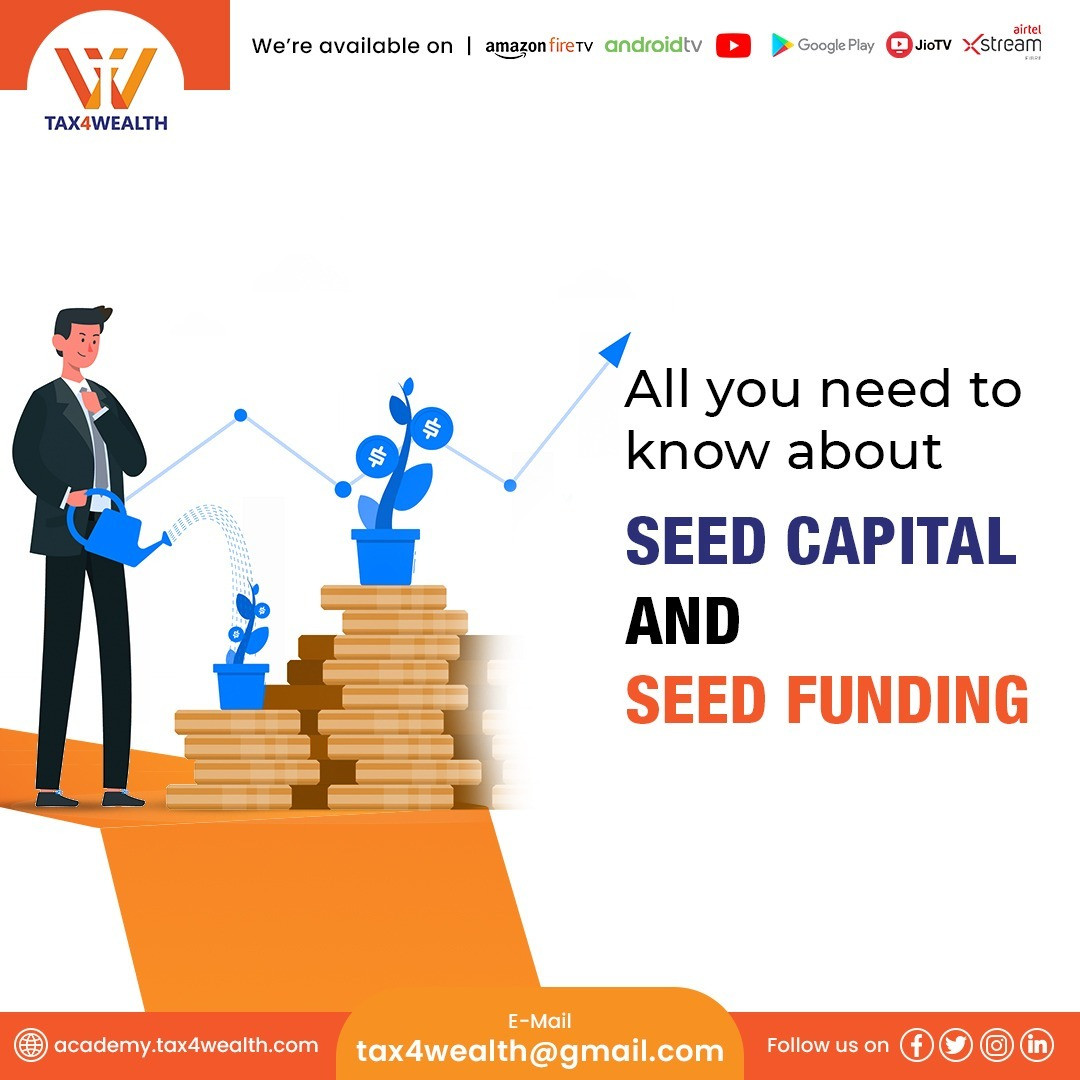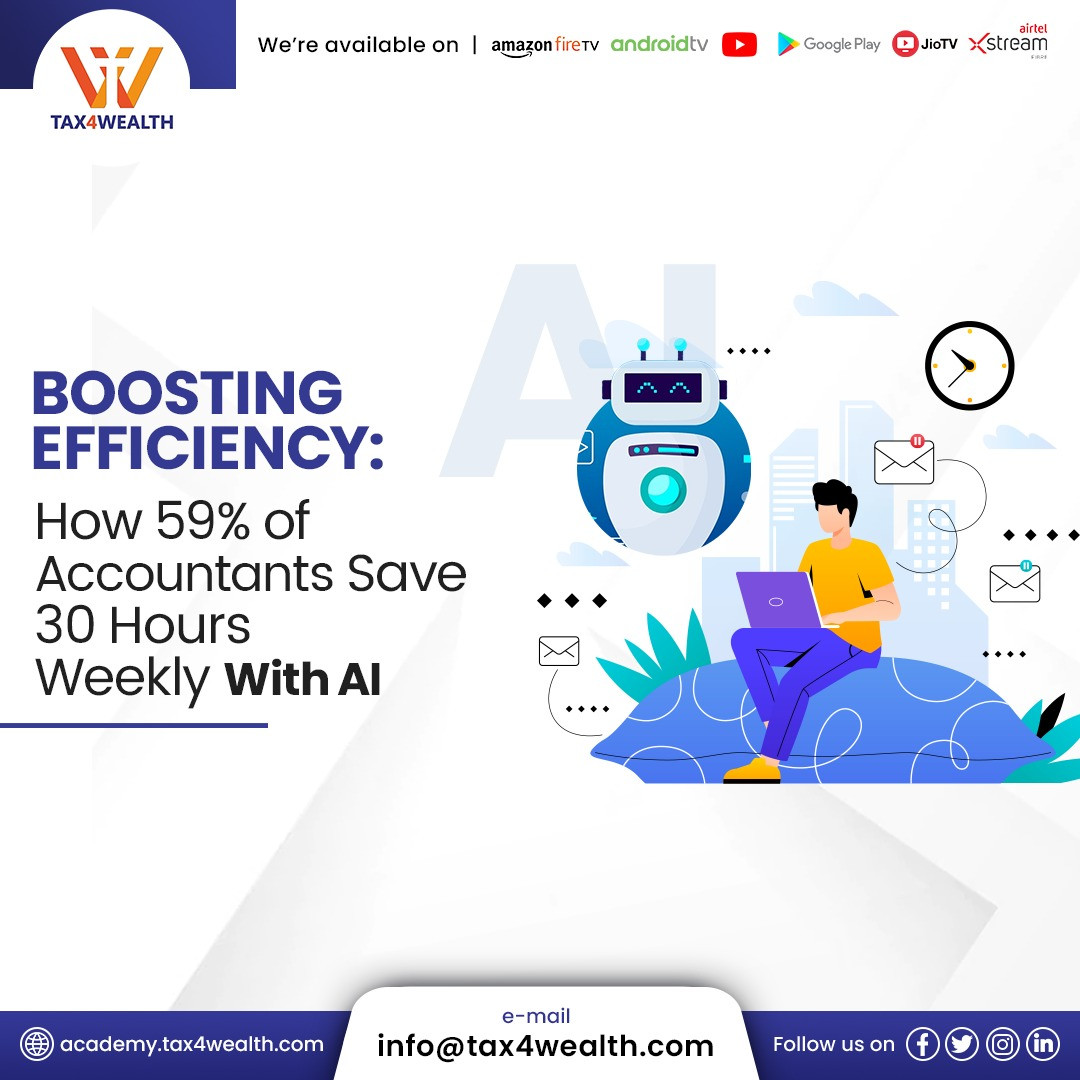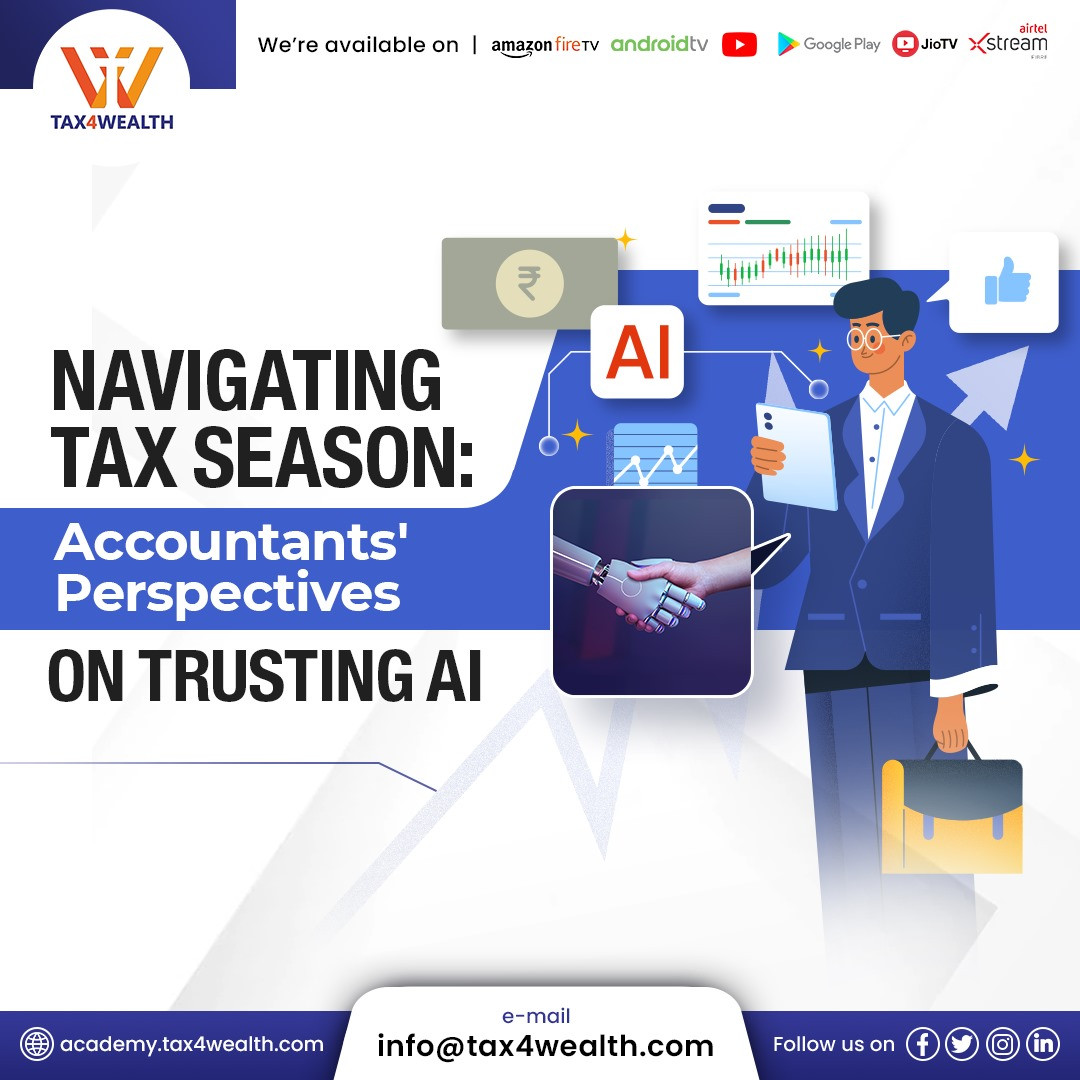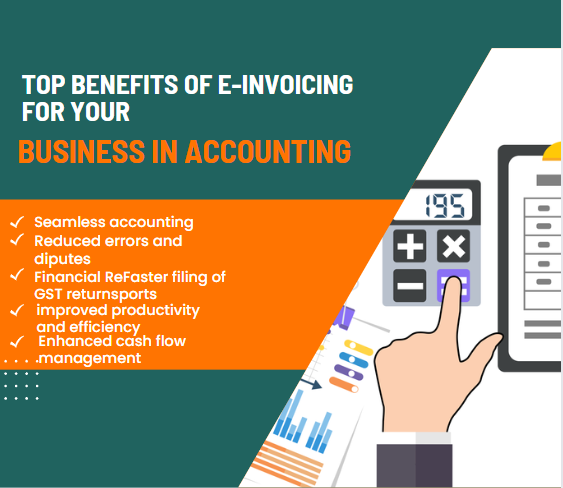
All You Need to Know About Seed Capital and Seed Funding
Introduction:-
Generally, a business has stages of life as that of a plant. Just like seeds of a plant require proper care and water to become a plant, similarly, a startup business also requires proper nurture of finances in order to grow and explore. When the funding of a business is done at an early stage, it is known as seed funding, and the capital invested is called seed capital.
In simple words, Seed Capital refers to the capital used initially at the beginning of the business. Generally, the aforesaid seed capital comes from friends, families, and founders of a business. However, many people think that seed capital is funded in order to cover the initial startup expenses and avoid the use of personal funds. But the term Seed Capital has a wider scope than it seems. It is needed to cover the expenses of early expansive market research, initial stage operations, product development, etc.
Seed funding will provide a person the opportunity to explore the business idea and accordingly, transform the same into a viable service and/or product that can attract venture capital investors. It is also known as A series funding as ground-level work is being done. The founder of a business should have a road map of better and effective use of seed capital in the best means possible ensuring a smooth transition to the high-level stage of a business.
Is Seed Funding Risky?
It is always very difficult to predict the future of a business when it is at the stage of its ideation. Similarly, it is also very difficult to predict seed funding. Basically, venture capitalists and banks consider seed funding as a risky investment option. Most of the fund providers are of the opinion to wait for the business and to see if the business idea cultivates and if the business idea has the potential to grow in the future in a practical aspect. Apart from that, in order to get seed funding, the investors have to believe that the business idea will work and the skills of the founder are good enough to work with, analysis of the track record of the founder, benefits of selling the product and/or service for the investor, etc. These are some of the essential factors that need to be considered.
The viewpoint of the founder is also must be taken into consideration after assessment of the risks and requirements. As the facts remain that each time, the fund is being received, the founder has to give up a certain portion of the company in the form of equity to the investor. It is to be noted that when a business receives more funding, more people will come on board as co-owners of the business. This suggests that more co-owners, less control over the business. Thus, the funding requirement must be assessed keeping in mind a clear vision of the acceptance and future of the business before starting the funding process.
How Much Seed Funding is Required to be Raised?
Most people are of the opinion that, a person must be able to generate as many funds as he or she can in order to reach the profitability stage, so he or she would not require raising money anymore in the future. However, this is hard to happen at the initial stage of a business. Thus, here the question is how to reach such a level and get maximum funding. The following are some of the factors, which must be considered to know how much funding is actually required;
✅ Know the monthly cash expenses estimate with regard to the initial business requirement and thereafter consider a presentation before an investor
✅ Discussion with the investor is an important aspect. It is likely that the budget presented may seem less or more to an initial potential investor. As it may be an investor's first outing or the investor has vast experience of funding such startup ventures. Asking for suggestions of good financial management is also necessary.
✅ Mapping of important milestones or timelines, a founder wants to accomplish and estimate the same. This will provide a clear financial analysis but it can also instill required confidence and faith in the investor.
✅ Must not be very stringent as it can lead to being underfunded. An investor may not like the business idea and consider it overpriced. Keep the buffer as much as is required to get the next funding once the accomplishment of a specified milestone is done.
Formalities of Seed Funding:-
The paperwork involved in seed funding is relatively very straightforward and easy compared to traditional and matured funding. Apart from that, the legal fees required are also very less as compared to seed equity. The rate of interest is also lower. Mostly, there are no restrictions over the manner of business working
Types of Seed Funding For Startups:-
While a person wants to opt for seed funding, it is very crucial to understand the different types of potential investors or investors as there are multiple sources available for funding. The following are some of the types of funding;
Crowd Funding:-
Currently, there are more than 500 crowdfunding platforms available and active. Crowdfunding is considered one of the most powerful avenues of seed funding these days. Usually, crowdfunding platforms are open for everybody in the world may back up the idea, product, service, or concept. Some of the best and most successful examples of crowdfunding are Pebble Wearbales raising more than $10 million, Indian Company Exploride raising more than $500K for the display of cars, etc. through crowdfunding.
Corporate Seed Funds:-
It is a good source for seed funding as it provides great visibility for startups. Some of the tech giants including Google, Apple, Intel also back up startups on a regular basis with corporate seed funding. Mostly, often big companies consider startups as a source of profit, talent, or intellectual property in the future, and considering that aspect as motivation they invest in startups. For example, Intel Capital is the dedicated division of startup investment for Chipmaker Intel and the GV investment division of Alphabet.
Incubators:-
Generally, Incubators offer small seed investments or services including management training, office spaces, etc. Most of the program-related incubations do not take equity from the startup. However, it offers support for other things apart from funding. For example, IIT-Bombay’s Society for Innovation and Entrepreneurship, The Indian Angel Network Incubator, Khosla Labs, T-Hub, and KSUM are some of the prominent active incubators in India.
Accelerators:-
Generally, accelerators are interested to invest in startups to shape their business instead of backing or nurturing them at an early stage of ideation. Accelerators can also back the startups with professional services and through the small seed of investments, workspaces, mentoring, and networking opportunities. Unlike most incubators, most accelerators consider equity as if these are funded privately. Some of the famous accelerators include Techstars, Y Combinator, and 500 Startups.
Angel Investors:-
Angel investor refers to an individual investor who provides capital in the place of convertible debt or equity in ownership. These individual investors are known as angel investors as they provide capital at the risky time when the startup is failing during an early stage of business. Some of the top Angel investors in India are Sanjay Mehta VC Karthic, Siddharth Ladsariya, Sharan Aggarwal, and Sachin Tagra.
Personal Savings:-
Founders can also use their private funds or personal savings or wealth as seed funding. It is also known as bootstrapping as this brings additional financial pressure. However, there will be no pressure on the founders to return the money they had borrowed from an investor.
Debt Funding:-
Mostly, Debt includes money borrowed from banks as loans or borrowed from a family member or friend. In some cases, venture capitalists or angel investors can also issue loans rather than investments in equity to the ventures where the cash burns seem to be higher than usual.
Convertible Securities:-
Convertible Securities begin as a loan initially but later it may change into equity or shares depending on the company's progress and when it reaches certain timelines such as revenue or sales target.
Venture Capital Funding:-
Venture capitalists are referred to as marquee investors who provide funding based on a certain number of parameters including market conditions, the vision of the founder, growth potential, idea, execution, etc. In return, venture capitalists may take some portion of the stake or equity in the startup. Usually, venture capitalist invests in multiple stages after the seed stage in case the manager of the startup reaches that level. Accel Ventures, Axilor Ventures, SEAFund, Seedfund, Sequoia Surge are some of the most prominent venture capital firms in India.
Angel Funds or Angel Networks:-
Sometimes, investors may come together to form an angel group or network where they invest a small amount each in the business idea at the early stage of financing. Currently, AngelList, Indian Angel Network, Lead Angels are some of the major angel networks for startups in India.
Is Getting Seed Funding Easy?
These days, everyone is free and open for seed funding. The current environment is in the favor of creative minds and unique business ideas. The investment firms are easier to reach as compared to earlier days. The only requirement is to have a detailed business plan, fabulous ideas, and practical ideas. If all these things are there, no worries to get an investor. There are plenty of investors starting from dedicated angel investor companies to big entrepreneurs.













Seed capital, often termed seed funding, constitutes the initial investment essential for launching a new business or propelling its nascent stages. Its allocation covers crucial activities like product development, market research, and initial operations. Diverse sources fuel seed capital, encompassing angel investors, venture capital firms, and even personal networks like friends and family. Seed funding is instrumental in transforming entrepreneurial concepts into tangible products or services. Investors typically secure equity in return for their contributions. Funding amounts can widely range from a modest sum to several hundred thousand dollars, contingent on the business's exigencies and potential. This phase holds pivotal significance, as seed funding validates concepts, aids prototype creation, and lures subsequent investments during later growth stages.